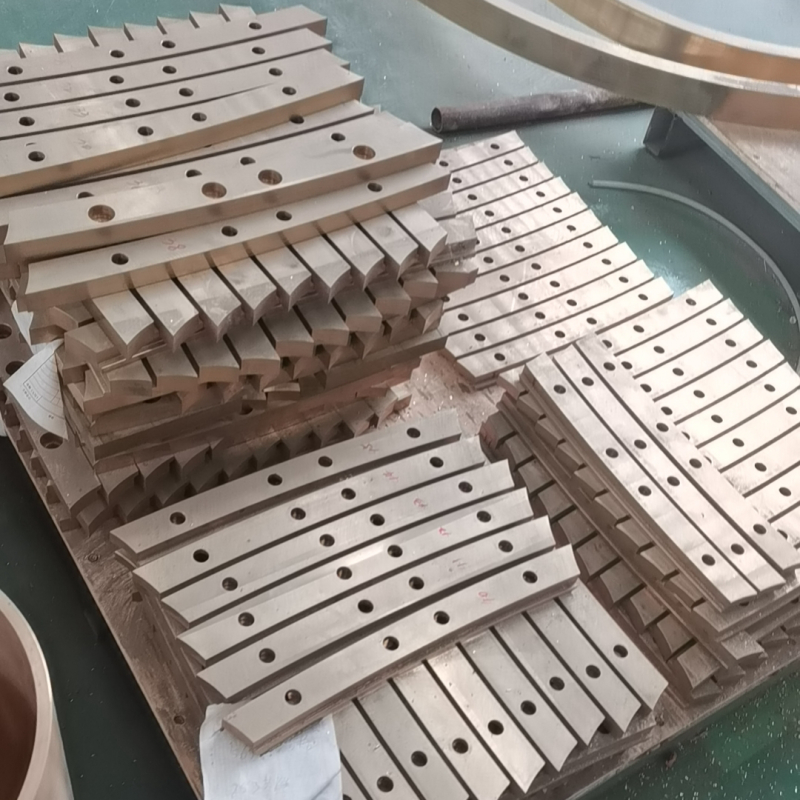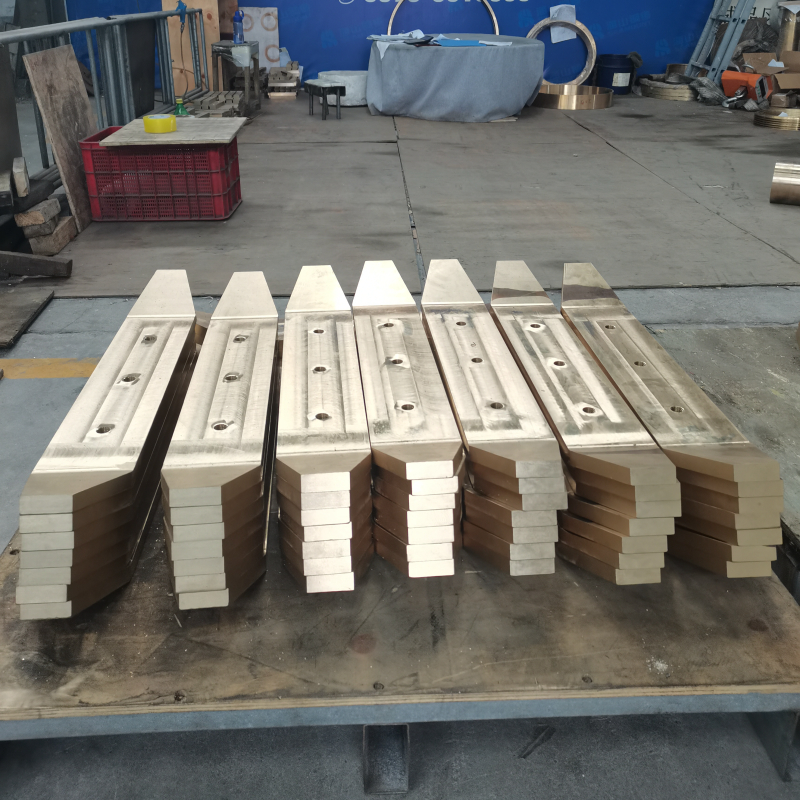 Mazhuang Village, Yuhe Town, Huixian City, Xinxiang City, Henan Province, China
Mazhuang Village, Yuhe Town, Huixian City, Xinxiang City, Henan Province, China
 Service Hotline +86 17630258963
Service Hotline +86 17630258963  Cell phone +86 17630258963
Cell phone +86 17630258963 The frequency of testing the lubrication effect of copper slide depends on a number of factors, and in general the following can be considered to determine the testing interval:
Load size:
If the copper slide is subjected to high loads, friction and wear are relatively large, the lubrication effect may deteriorate more quickly. In this case, it is recommended that the inspection frequency is relatively high, for example, every 1 to 2 months. For low load applications, where wear is relatively light, the lubrication may change more slowly and can be tested every 3 to 6 months.
Speed of movement:
Copper slide plates moving at high speeds generate more heat and friction and the lubricant may fail sooner. It is usually appropriate to test the lubrication every 2 to 3 months. Copper skates moving at low speeds can be tested every 3 to 4 months.
Operating Environment:
In harsh environments, such as high temperatures, high humidity, dusty or corrosive environments, where the lubricant is susceptible to contamination and deterioration, the frequency of testing should be increased. Lubrication may be tested every 1 to 2 months or more frequently. Relatively clean, dry environment, the detection interval can be appropriately extended, every 3 to 6 months.

Grease-based lubricants:
Grease usually has good adhesion properties, but may oxidize, harden, or be lost during use. Lubrication should be tested every 2 to 4 months. If grease is found to be discolored, dry, or have impurities, it should be tested and replaced promptly.
Lubricating oil:
Lubricating oils flow better, but are also susceptible to contamination and oxidation. For general applications, they can be tested every 2 to 3 months. If the working environment is harsh or the equipment operation requirements are high, the inspection frequency can be increased to every 1 to 2 months.

Critical equipment:
For the production line of critical equipment, once the failure may lead to significant losses, should pay close attention to the lubrication effect of the copper slide. The testing frequency can be higher, for example, every 1 to 2 months or even weekly. At the same time, a comprehensive monitoring and maintenance program should be established to ensure the stable operation of the equipment.
General equipment:
For non-critical equipment, the frequency of lubrication testing can be relatively low. Every 3 to 6 months testing can usually meet the requirements.
In summary, the frequency of lubrication testing for copper skids can range from 1 to 6 months, depending on factors such as operating conditions, type of lubricant, and the importance of the equipment. In practice, adjustments can be made based on equipment operation and experience to ensure that the copper slide is always well lubricated and to extend the life of the equipment.
